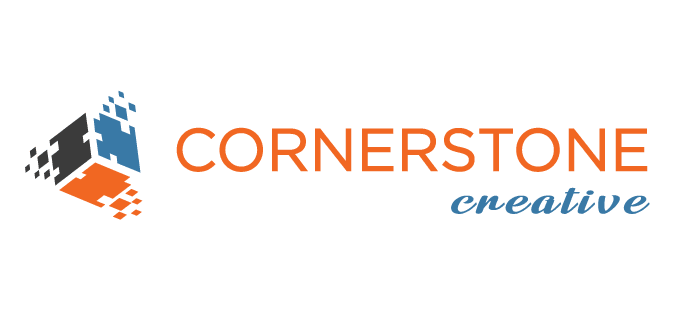Introduction
In the ever-evolving world of branding, the concept of archetypes has emerged as a powerful tool for companies seeking to forge deep, meaningful connections with their target audience. Rooted in the pioneering work of Swiss psychologist Carl Jung, brand archetypes provide a framework for understanding the innate, universal patterns that resonate with consumers on a subconscious level. By aligning their brand’s personality and messaging with these archetypal representations, businesses can tap into the rich tapestry of human experience and create a lasting, impactful brand identity.
Understanding the Origins of Brand Archetypes
The origins of brand archetypes can be traced back to the groundbreaking work of Carl Jung, who identified a set of common personality archetypes that he believed were innate and transcended language, culture, and time. These archetypal representations, such as the Hero, the Sage, and the Caregiver, were seen as innate models of behavior and motivation that shape our individual and collective psyches.
As the field of marketing and branding evolved, practitioners began to recognize the power of these archetypal patterns in shaping consumer perceptions and behavior. By aligning their brand’s personality and messaging with these universal archetypes, companies could tap into the deep-seated emotional connections that consumers form with familiar, relatable characters.
The 12 Brand Archetypes
The 12 primary brand archetypes, derived from Jung’s original framework, are as follows:
- Creator: Driven by innovation, creativity, and a desire to bring their vision to life, the Creator archetype embodies non-conformity and a relentless pursuit of originality.
- Sage: The Sage archetype is a seeker of knowledge and wisdom, driven by a belief that the truth will set one free. They are often thought leaders and mentors, empowering others to make informed decisions.
- Caregiver: Motivated by compassion and the desire to nurture and protect, the Caregiver archetype is often found in sectors such as healthcare, charity, and childcare.
- Innocent: Brands with the Innocent archetype are characterized by optimism, simplicity, and a desire to spread happiness and positivity.
- Jester: The Jester archetype is all about bringing levity and fun to the world, embracing a playful, lighthearted approach to life and brand messaging.
- Magician: Brands with the Magician archetype are visionary, charismatic, and driven to turn dreams into reality, creating memorable, transformative experiences for their audience.
- Ruler: The Ruler archetype is all about power, control, and success, often associated with brands that exude confidence, status, and exclusivity.
- Hero: Brands with the Hero archetype are driven by a strong sense of purpose, seeking to overcome challenges and make a positive impact on the world.
- Everyman: The Everyman archetype is all about relatability, authenticity, and a down-to-earth approach that fosters a sense of community and belonging.
- Rebel: Brands with the Rebel archetype are disruptive, independent, and unafraid to challenge the status quo, often inspiring a devoted, cult-like following.
- Explorer: The Explorer archetype is motivated by a desire for freedom, independence, and the thrill of discovery, often associated with brands that encourage adventurous, pioneering spirit.
- Lover: Brands with the Lover archetype are driven by passion, intimacy, and a desire to create emotional connections with their audience.
Determining Your Brand Archetype
Identifying the right brand archetype for your business is a crucial step in crafting a compelling, differentiated brand identity. To determine your brand’s archetype, you’ll need to delve deep into your brand’s values, personality, and the emotional connections you aim to forge with your target audience.
Start by conducting thorough market research, gathering insights from both internal stakeholders and external customers. Ask questions that explore your brand’s core values, aspirations, and the emotions you want to evoke. Analyze your brand’s visual identity, tone of voice, and the way it interacts with its audience.
Once you’ve gathered this information, you can begin to map your brand’s personality to one (or potentially a combination) of the 12 archetypes. Consider which traits and characteristics most accurately reflect your brand, and how they align with the archetypal representations.
Bringing Your Brand Archetype to Life
With your brand archetype identified, the next step is to bring it to life through a cohesive, integrated brand identity. This involves translating the archetype’s core traits and characteristics into a compelling visual and experiential brand expression.
Evaluate your brand’s sensory touchpoints, considering how each element – from color palette and typography to sound and tactile experiences – can reinforce the archetype’s personality. Craft a consistent tone of voice that aligns with the archetype’s values and communication style, ensuring that every interaction with your brand feels authentic and engaging.
Ultimately, the goal is to create a seamless, immersive brand experience that resonates with your target audience on a deep, emotional level. By tapping into the power of brand archetypes, you can differentiate your brand, foster stronger customer loyalty, and build a lasting, impactful presence in the market.
Conclusion
In the dynamic and ever-evolving world of branding, the strategic use of archetypes has emerged as a powerful tool for companies seeking to forge meaningful connections with their target audience. By aligning their brand’s personality and messaging with these universal, archetypal representations, businesses can tap into the rich tapestry of human experience and create a lasting, impactful brand identity.
As you embark on your own brand-building journey, embrace the insights and frameworks offered by the 12 brand archetypes. Dive deep into your brand’s core values, aspirations, and the emotional connections you aim to foster, and let these insights guide you in crafting a truly distinctive and compelling brand presence. By harnessing the power of archetypes, you can unlock new levels of customer engagement, loyalty, and long-term brand success.
Primary Keyword: brand archetypes Secondary Keywords: brand identity, brand personality, brand messaging, brand experience, customer engagement, brand loyalty






